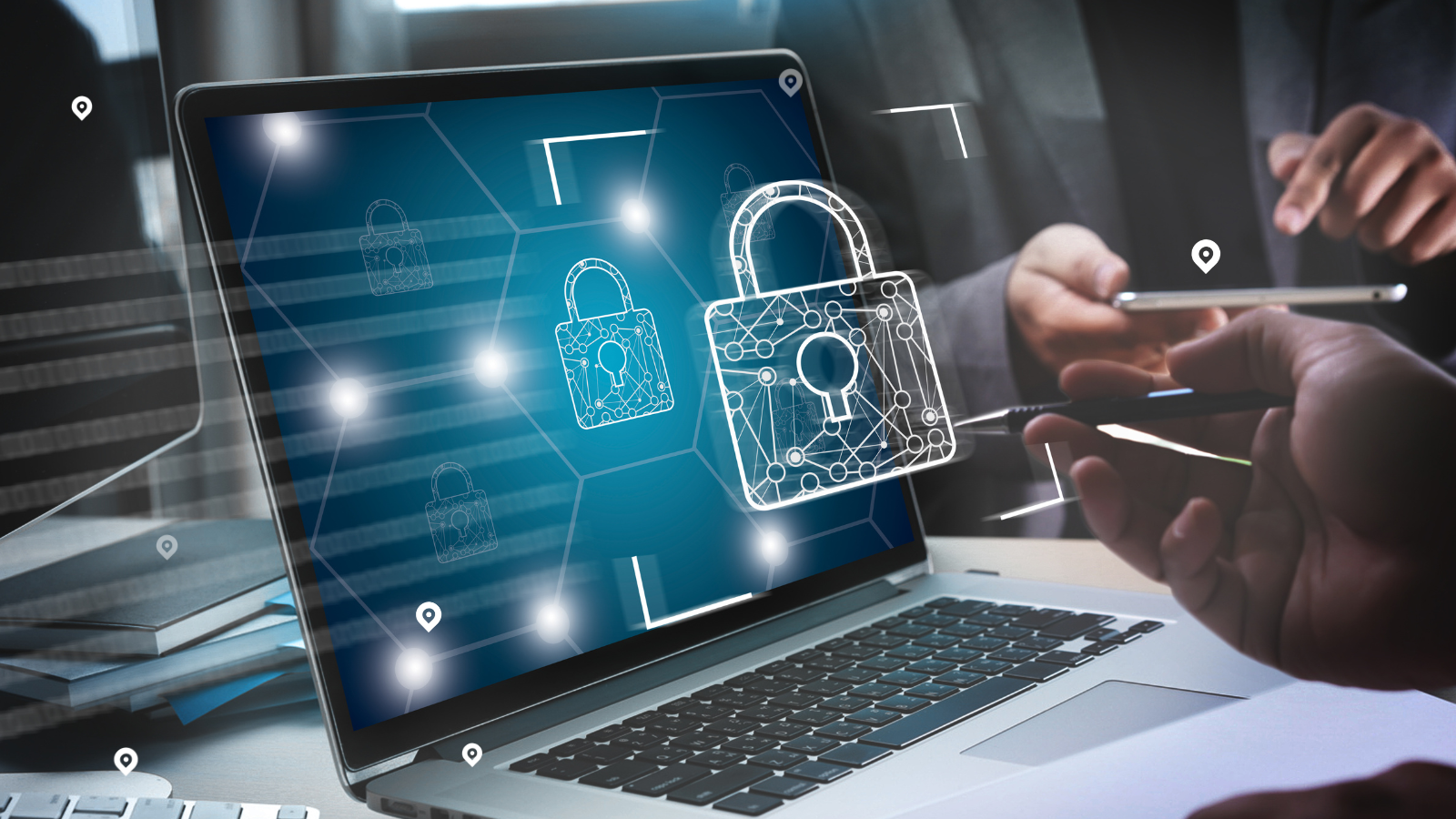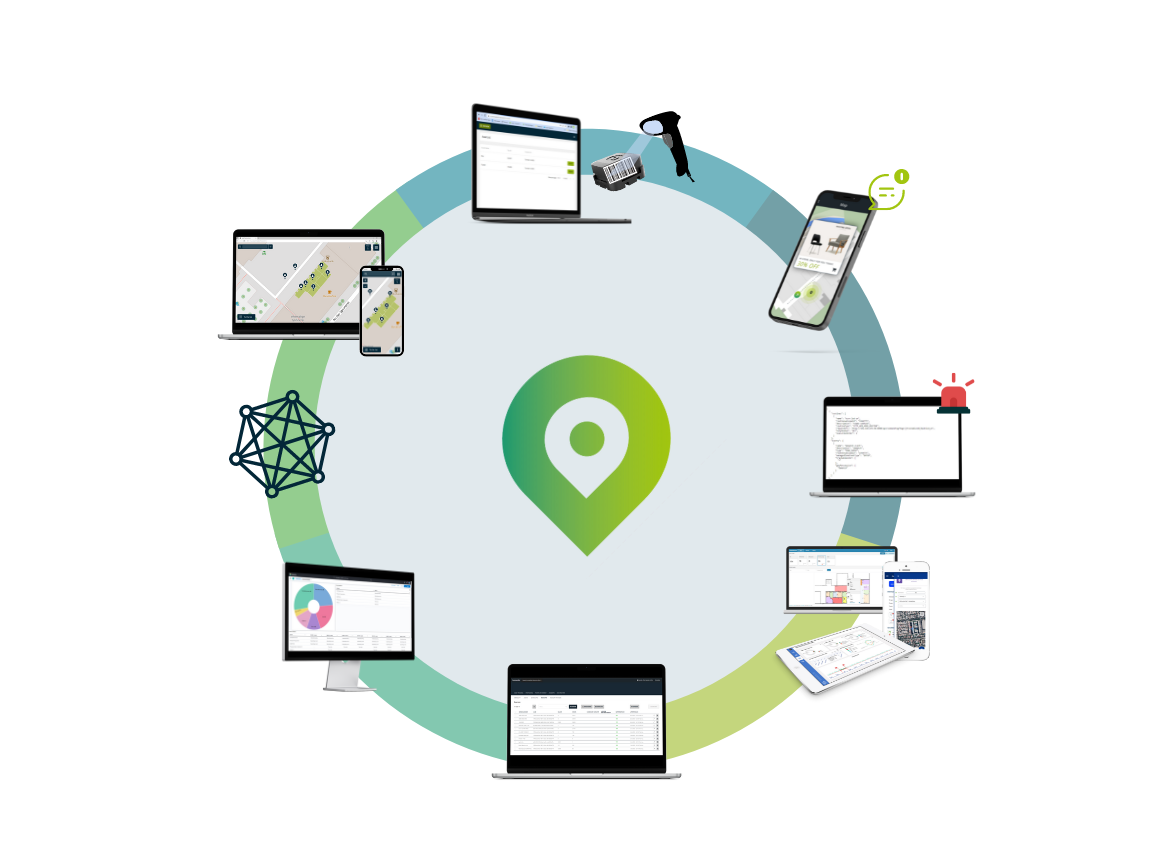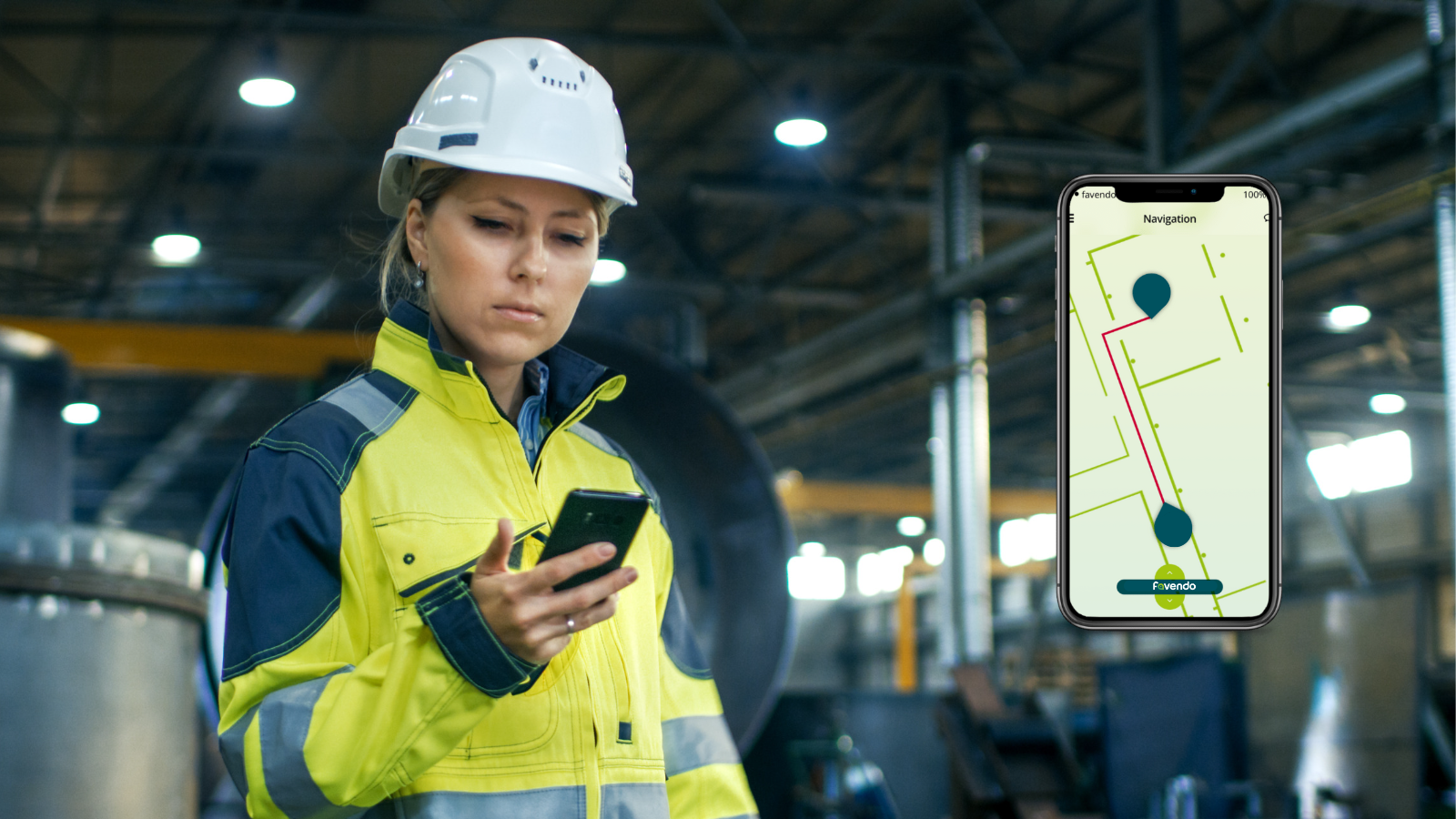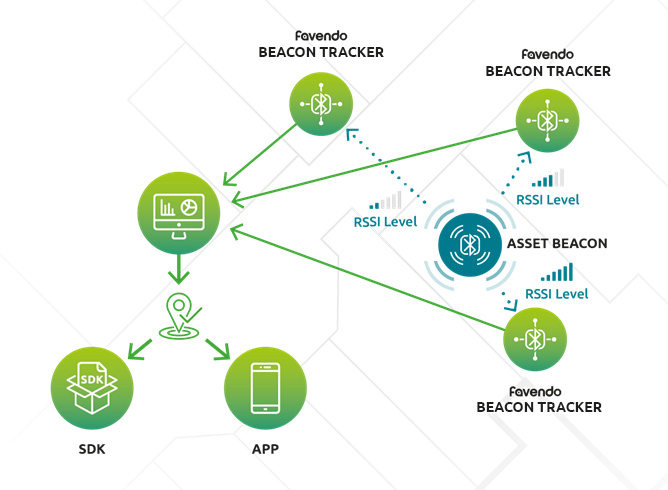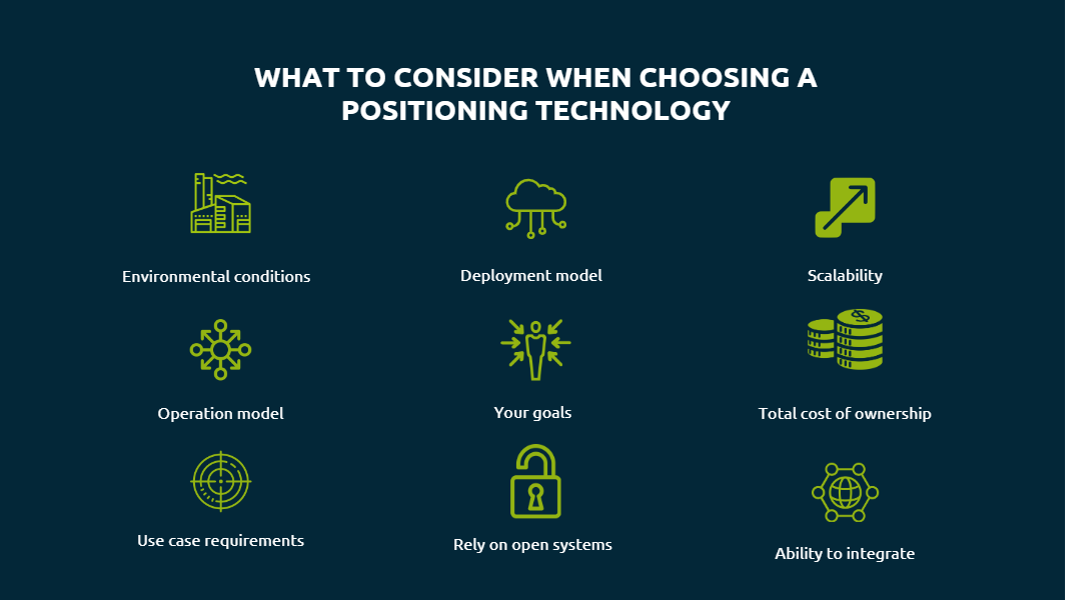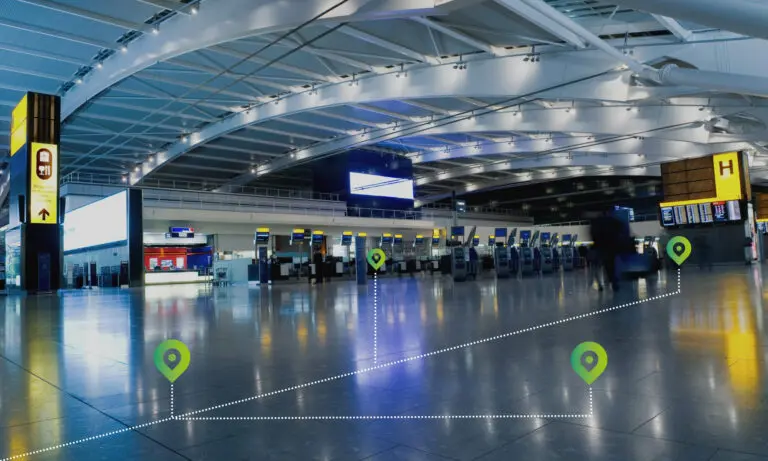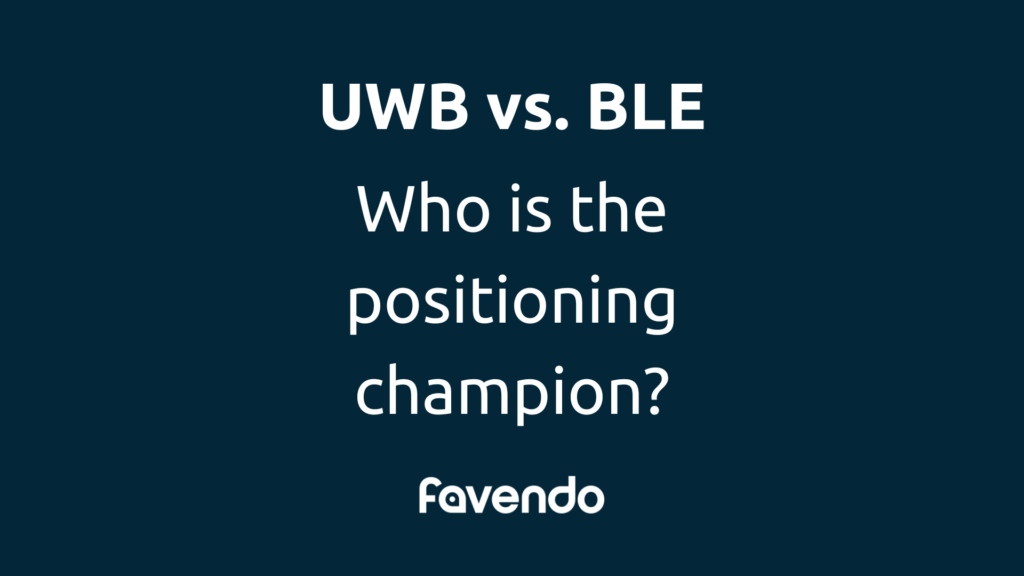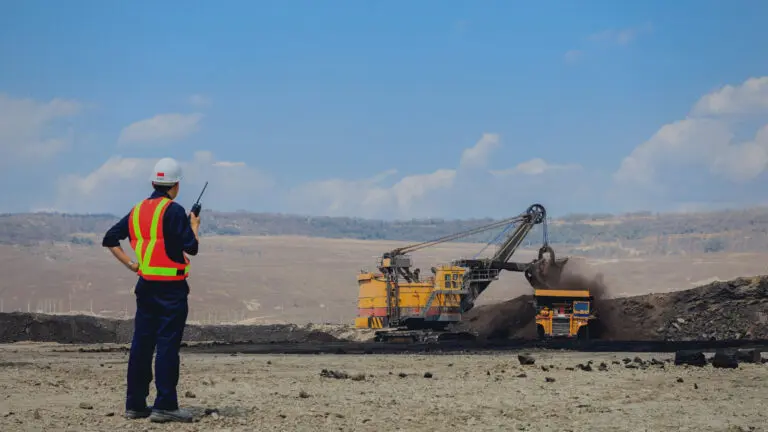Protection of privacy and security of personal data with RTLS
Protecting personal information is a top priority not only in healthcare, but also in real-time location systems across multiple industries. As with any software solution that processes personal data, including people´s whereabouts, there are data protection risks associated with tracking or navigating people.
The processing of personal data in the European Union is based on the General Data Protection Regulation (GDPR), in force since 2018, more specifically on Art. 6 of the GDPR. In general, however, it should be noted that – as long as none of the authorization standards of Art. 6 of the GDPR apply – data processing is prohibited. In other words, any processing of personal data requires either the consent of the data subject or the legitimate interest of the responsible party (in our case, the company using the RTLS solution).
Data protection for indoor positioning systems and RTLS
As a result, there are two legal bases for the processing of location data relating to individuals: Either the individuals have consented to being tracked or, in the case of tracking solutions that locate employees on company premises for security reasons, there may be a legitimate interest on the part of the company in ensuring the safety of the employees. Irrespective of the legal basis on which the location data is processed, the responsibility for data processing in compliance with data protection law always lies with the customer. If the processing of location data is based on the consent of the data subject, the data subject must consent to both the mere location tracking and the intended use of the data. In the example above, this would be for security purposes.
The position data in the Favendo RTLS is real-time data. In theory, only the current positions of assets or persons can be determined. At the customer’s request, the position data can also be stored directly in the company’s own databases in an anonymized form. The anonymization of the data makes it impossible to trace the position data back to an individual person, but the data can still be used for productivity analysis with the Favendo Dashboard or other analysis tools. Despite the anonymization of the data, it is advantageous, especially for people tracking, to work with tag IDs that cannot be directly assigned to a person […]

